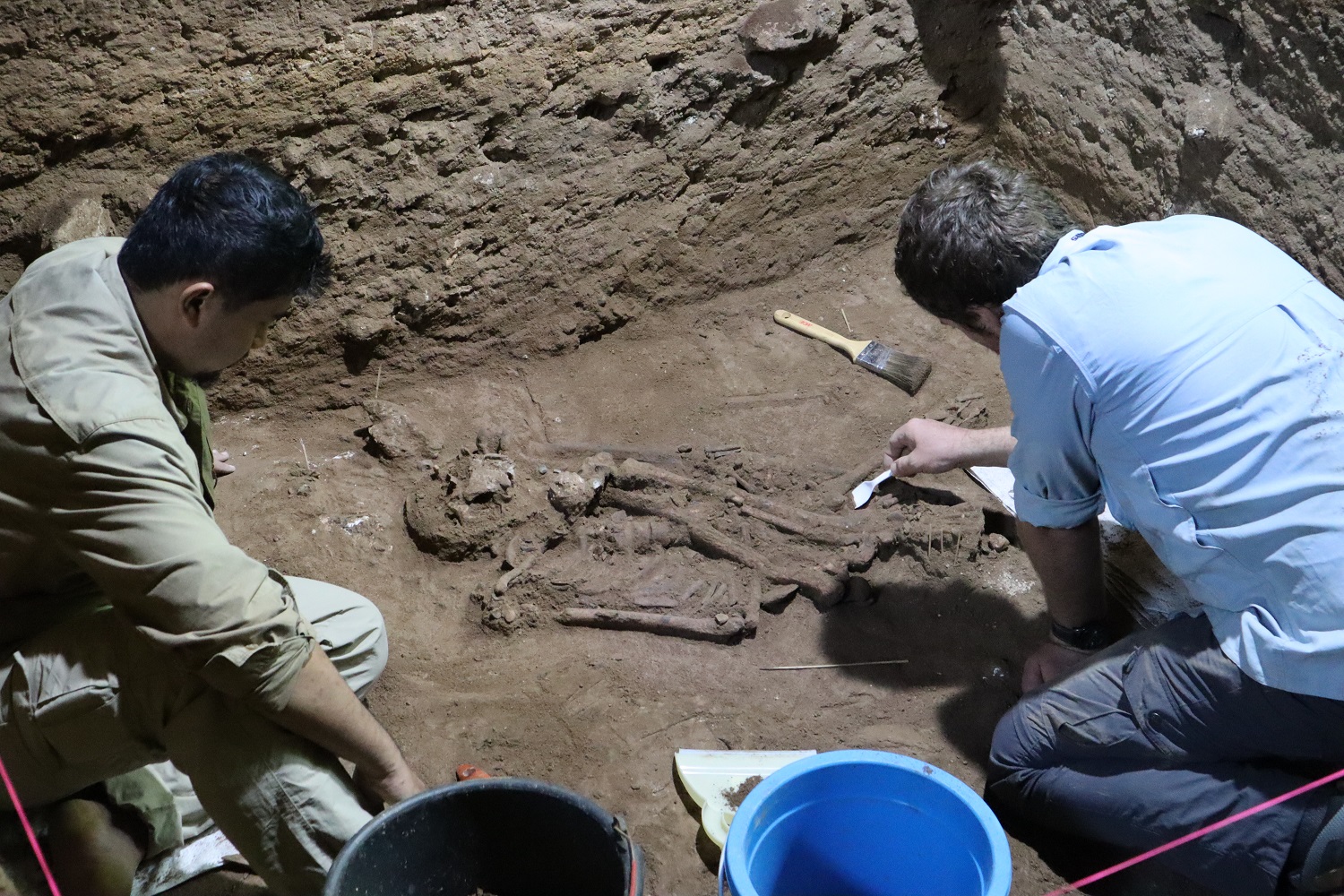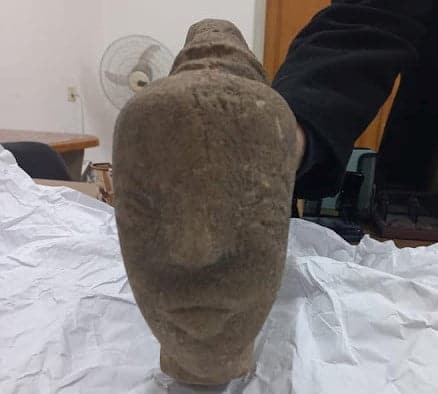The excavation found the remains of a young hunter-gatherer whose left leg was amputated 31,000 years ago by a prehistoric surgeon.
It was previously assumed that humans lacked the expertise and technology to perform procedures like surgical amputation until tens of thousands of years later.
This amputation predates the previous oldest evidence of such an operation by an incredible 24,000 years.
“In light of the much younger age of these prior findings, the discovery of a 31,000-year-old amputee in Borneo clearly has major implications for our understanding of the history of medicine,” said Dr Tim Maloney of Griffith University.
The new finding, detailed in the journal Nature, was made during a 2020 archaeological excavation at Liang Tebo.
Lian Tebo is a limestone cave accessible only at certain times of the year by boat in the remote Sangkulirang-Mangkalihat region of eastern Kalimantan, the Indonesian portion of Borneo.
“What the new finding in Borneo demonstrates is that humans already had the ability to successfully amputate diseased or damaged limbs long before we began farming and living in permanent settlements,” said Professor Maxime Aubert from the Griffith Centre for Social and Cultural Research.

Palaeopathologist Dr Melandri Vlok of the University of Sydney was able to confirm the bony growths that are related to healing and suggest the limb was amputated during their childhood, years before the individual’s death.
“In fact, it was a huge surprise that this ancient forager survived a very serious and life-threatening childhood operation, that the wound healed to form a stump, and that they then lived for years in mountainous terrain with altered mobility – suggesting a high degree of community care,” Dr Vlok said.
After the procedure, the patient would have used a crutch or perhaps even a prosthetic to navigate the difficult environment.
Before this discovery, the oldest known surgical amputation was that of a male Stone Age farmer from France who had his left forearm amputated 7,000 years ago.






